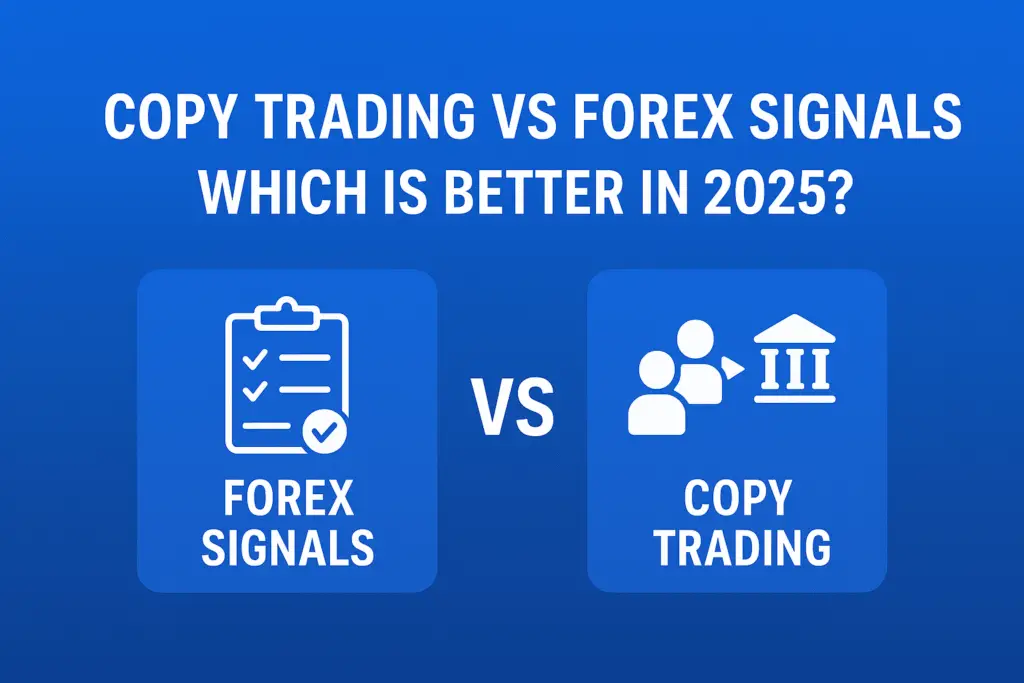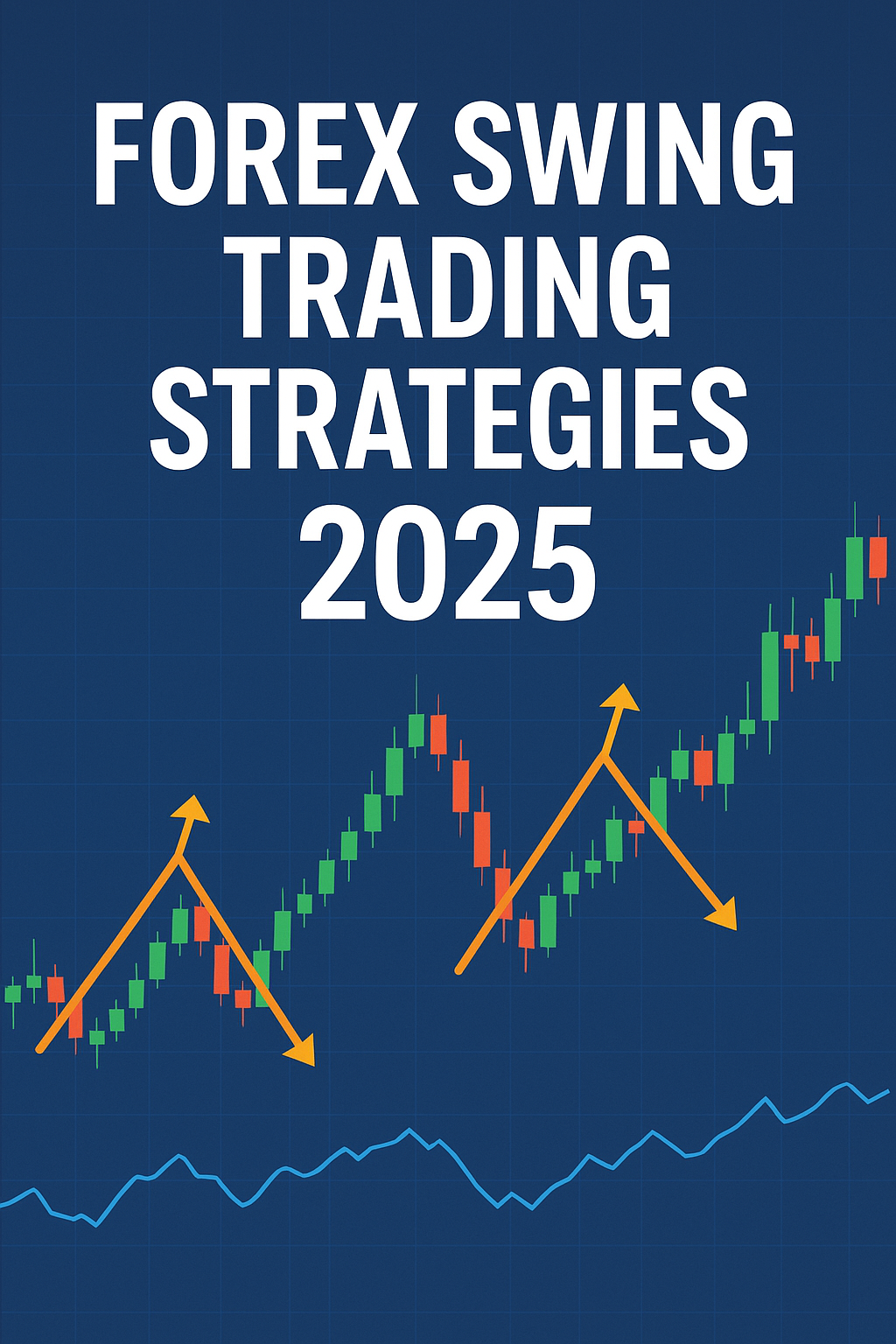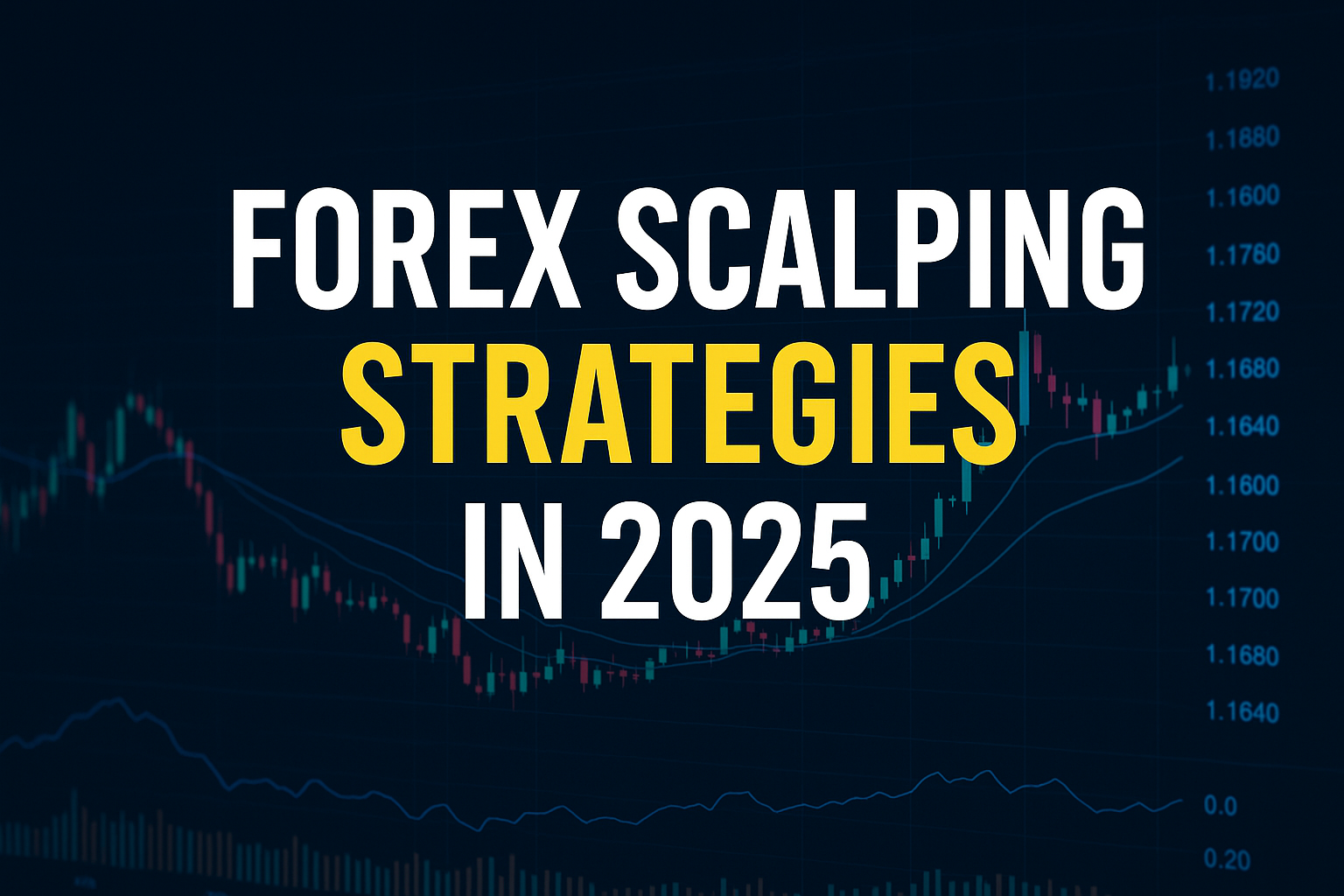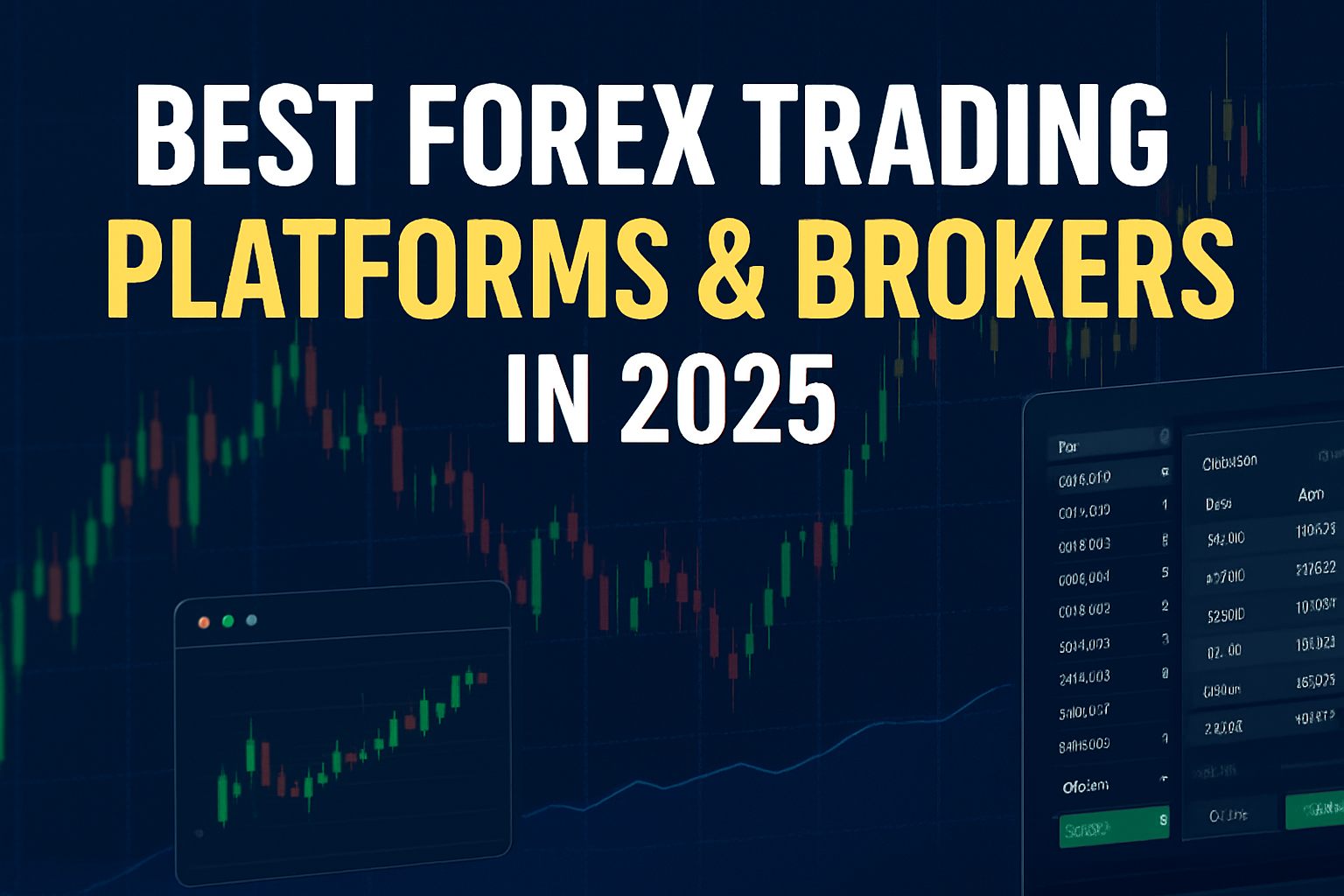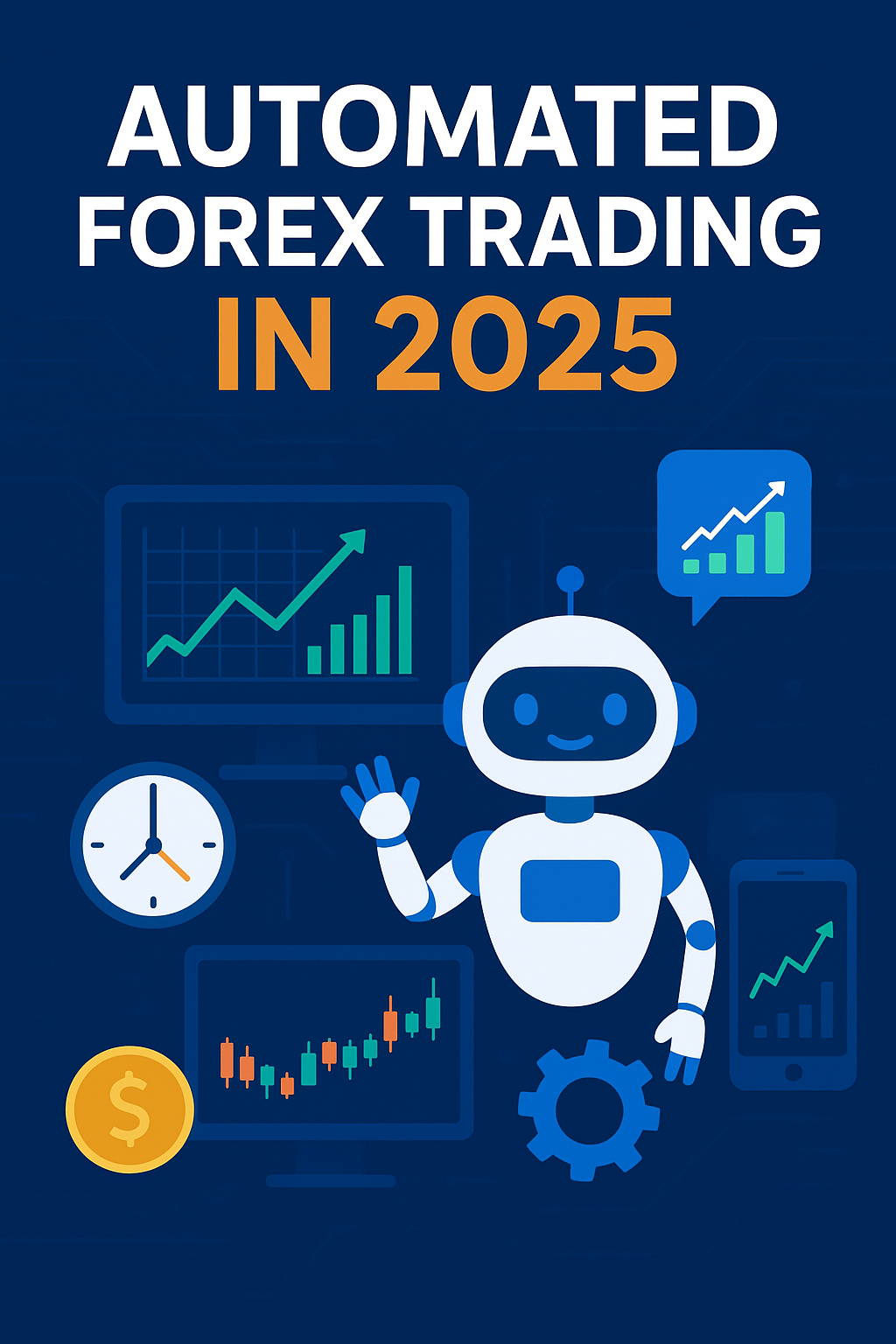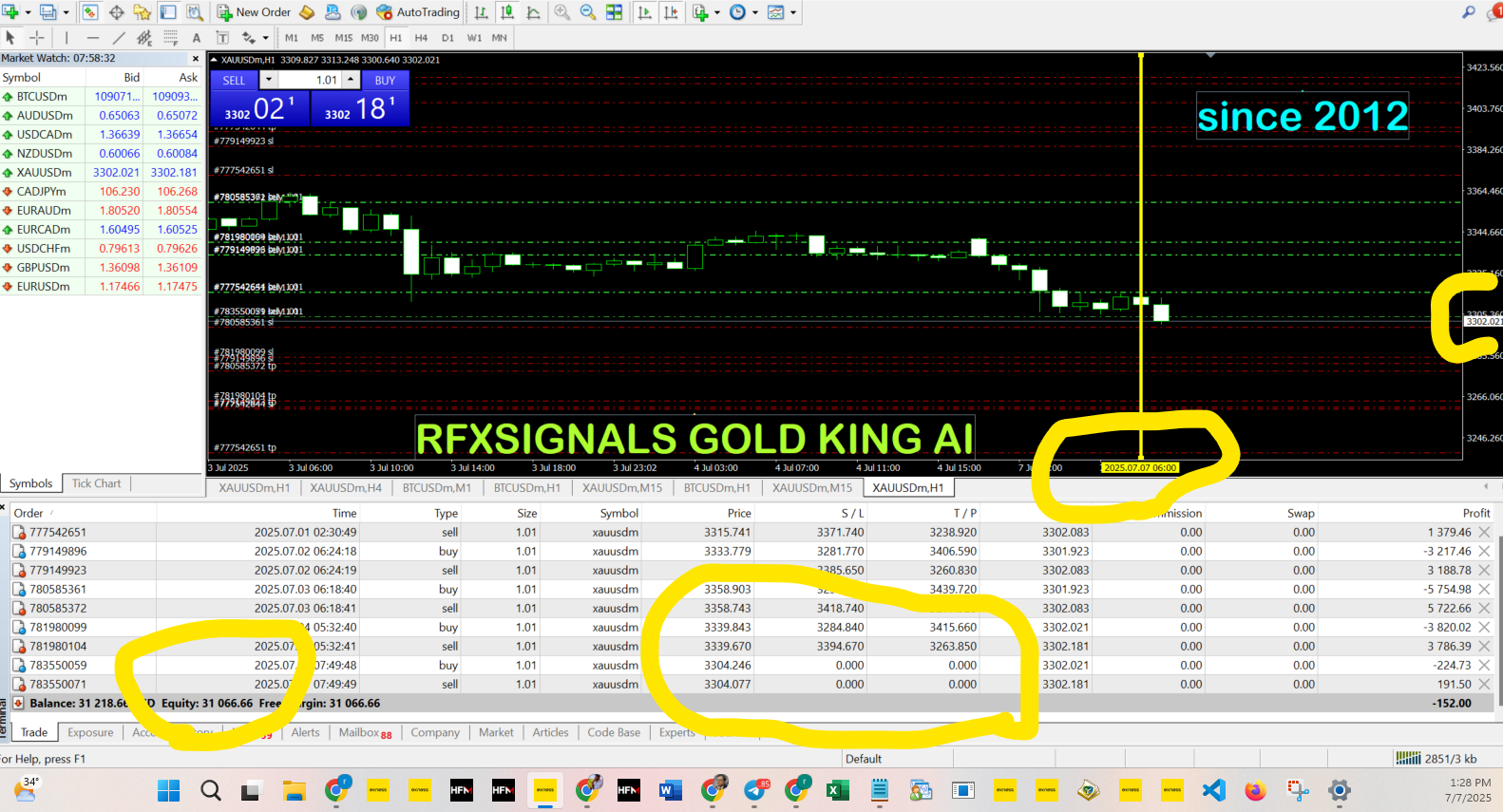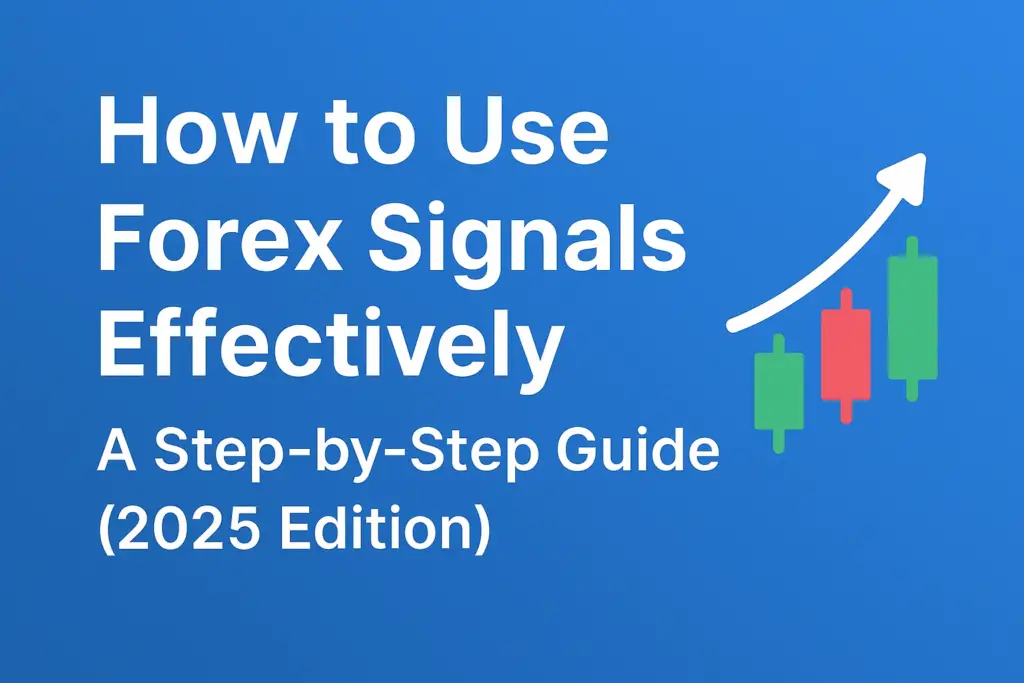
How to Use Forex Signals Effectively: A Step-by-Step Guide (2025 Edition)
Forex signals can save you time, reduce stress, and help you trade more consistently. But to get real results, you must know how to use them the right way. This 2025 step-by-step guide explains exactly how to turn forex signals into profitable trades.
Why Using Forex Signals Matters
A forex signal tells you *what pair to trade, when to enter, where to set stop-loss (SL), and where to take profit (TP)*. Many beginners sign up for signals but misuse them — either by ignoring SL/TP, trading oversized lots, or mixing signals from multiple providers. The result? Inconsistent results. With the right approach, however, forex signals can become a powerful trading system. Let’s break down the steps.
Step 1: Choose a Reliable Forex Signal Provider
Not all signal providers are equal. A good provider offers:
- 📊 Verified performance track record
- 📌 Clear entry, SL, and TP levels
- 💡 Educational insights (not just trade calls)
- ⚡ Timely delivery via Telegram, app, or email
👉 RFXSignals provides real-time trade setups with transparency, making it easier to trust and follow.
Step 2: Understand the Signal Format
A standard forex signal looks like this:
📈 EUR/USD BUY @ 1.0850
🎯 TP: 1.0920
🛑 SL: 1.0810
- Pair: which currency to trade (EUR/USD). - Direction: buy or sell. - Entry: price to enter. - Take Profit (TP): where to exit in profit. - Stop Loss (SL): where to exit if trade fails.
Step 3: Set Up Risk Management
Risk management is where most traders fail. Before placing a signal trade, define:
- 💰 Risk per trade: usually 1–2% of account balance
- 📐 Lot size calculation: based on SL distance
- 📊 Maximum daily risk: stop trading if losses reach X%
Example: If your balance is $1,000 and you risk 2%, the max loss is $20 per trade. If SL is 40 pips, lot size = 0.05.
Step 4: Execute Trades Quickly
Speed matters. A delayed entry can turn a winning signal into a losing one. Use:
- ⚡ Mobile apps with push notifications
- 🔔 One-click trading setups
- 🤖 (Optional) Expert Advisors to auto-execute signals
Step 5: Track and Review Performance
Don’t just follow signals blindly. Keep a trading journal:
- ✅ Which signals you took
- ✅ Lot size and risk used
- ✅ Result (win/loss/pips)
This helps you spot mistakes (e.g., skipping SL, over-risking) and build discipline.
Good vs Bad Signal Usage
| Good Practice ✅ | Bad Practice ❌ |
|---|---|
| Risking max 2% per trade | Going all-in on one signal |
| Following SL/TP strictly | Removing SL hoping market recovers |
| Journaling trades | Forgetting results, no review |
Trade Smarter with RFXSignals
Get daily forex signals with clear SL/TP, expert analysis, and transparent results.
Start 7-Day Free TrialFinal Thoughts
Forex signals are powerful when used correctly — as part of a disciplined, risk-managed strategy. By following this step-by-step guide, you’ll avoid common mistakes and maximize the value of every signal you receive. Start simple, stay consistent, and choose a trusted provider like RFXSignals to guide your trading in 2025.


